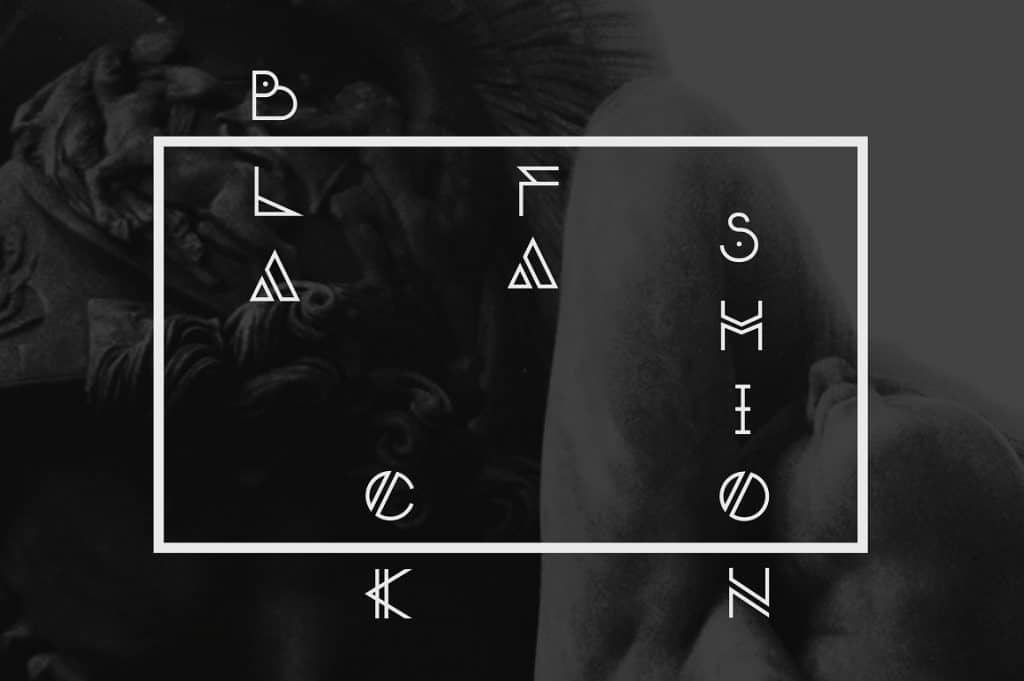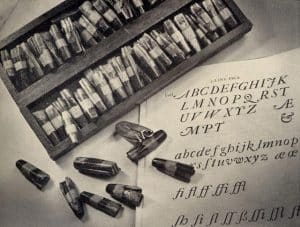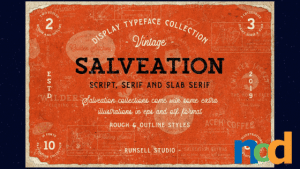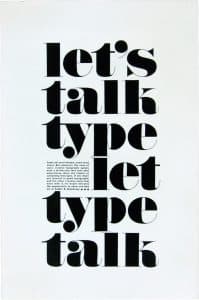Type in History: Runes
by Margaret Penney | March 24, 2017
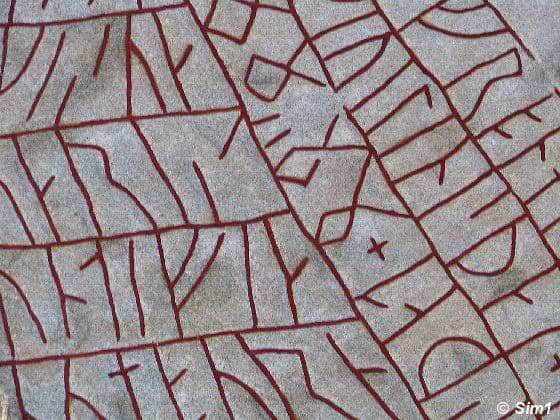
Typography has existed since the dawn of civilization. Its etymological roots come from the Greek words “typos” and “graphia,” which mean “impression.”
There is early evidence of the usage of typography in the uneven spacing between words on brick stamps found in Mesopotamian cities, on cylinder seals found in Babylon and even in some Minoan printed items such as the “Phaistos Disk”. Eastern cultures like the Chinese, Japanese, and Korean dynasties also show signs of having typography as a part of their early culture.
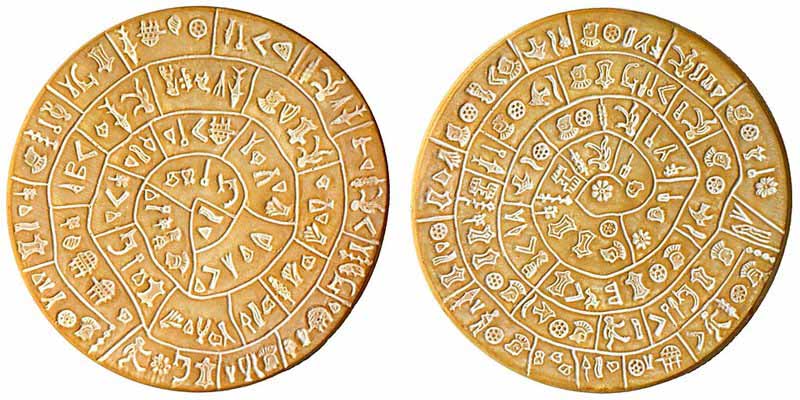
Phaistos Disk
In the next few History of Type articles, we’ll focus on some of these earliest examples of type, starting with the typography of the Viking Nordic culture — Runes.
The Vikings used a runic alphabet, the etymological root of the word “rune” is “runo” which is something of a mishmash of the words “letter” and “mystery”.
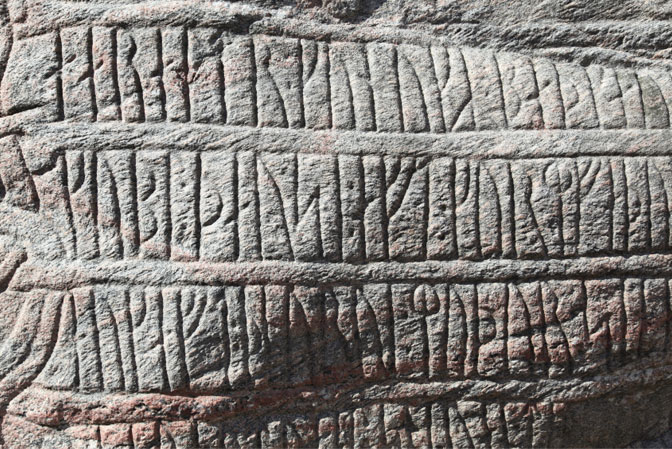
The runestone of King Harald the Bluetooth, carved around A.D. 965.
Runes are mysterious indeed. The Vikings believed their alphabet and lettering, was not only a tool for communication but was charged with a kind of magic. They thought that properly executed typography and carved into stone, wood, clay blocks and metal, imposed a power onto the object in which it was writ.
The Vikings were a polytheistic culture, they believed in various gods. The Vikings’ written carvings were devoted to a variety of different gods and these gods were the ones who actually brought the magic. This early typography was only allowed to be practiced by the Shamans or “Rune Masters” of the culture because its writing required their spiritual leadership. (Talk about a high-pressure design gig!)
Runes, like other alphabets of the time, are pictographs and represent objects, people, animals, concepts, and occurrences. Runes can be recognized by their angular, linear, and diagonal qualities. Runes have few horizontal and curved lines, simply because it was difficult to carve these shapes into materials like stone and metal.
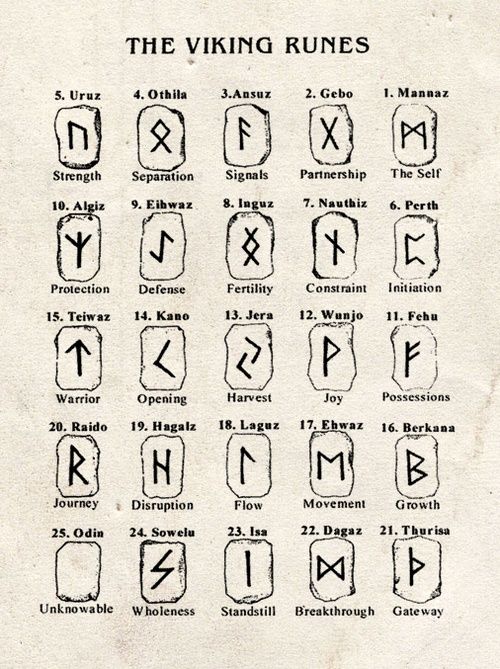
The Viking Runes
Contemporary Runic Fonts
In contemporary times, there has been a resurgence in interest in runes in the graphic design world. First, in the 80s, new versions of Runic type were seen, and particularly on the cover art for bands. More recently, Runic type has become even more mainstream and is used in fashion, boutique, arts, culinary, and music projects. It’s hard to say why the type style has become more popular, however, it was widely used in all the Harry Potter movies, so perhaps that had some influence!
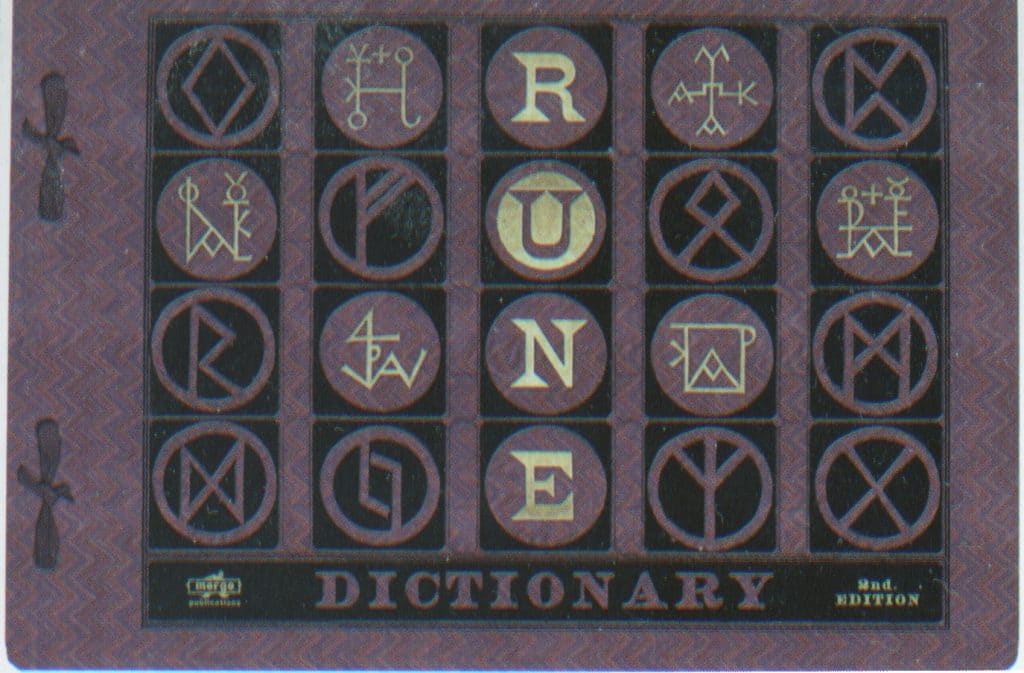
Harry Potter Rune Dictionary
Font designers create runic influenced fonts much more often these days. Here are some creative examples of current Runic type that show the diversity of style possible with Runic-influenced type.
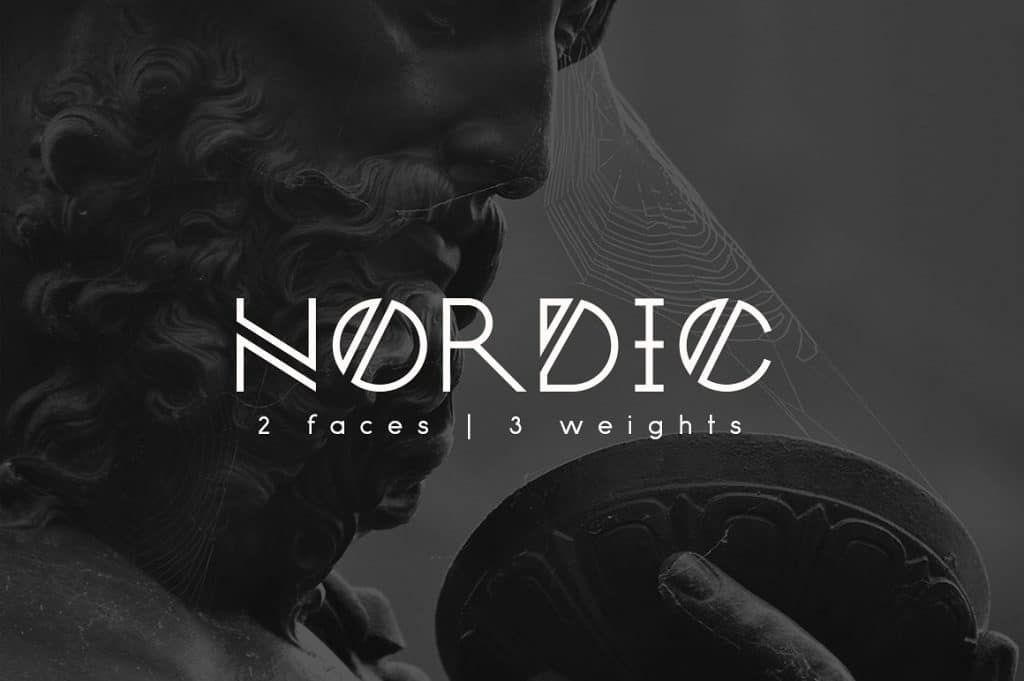
Nordic Font
The Nordic font is inspired by Scandinavian runes but appears in an open geometric sans serif style as well. The font is a complete fresh take on an ancient type style. The runic influence gives the design some edge and the modern open letter forms make it versatile and adaptable to a range of project types.
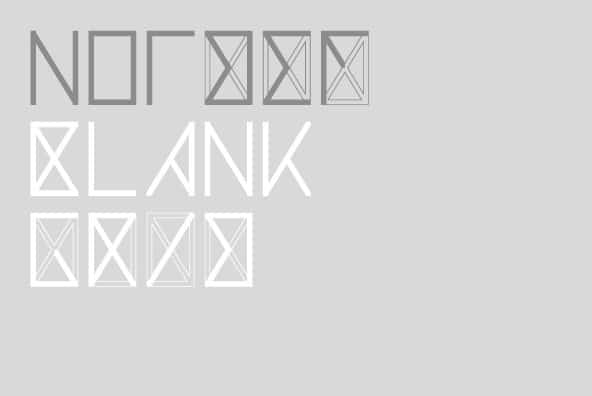
Notdef Type
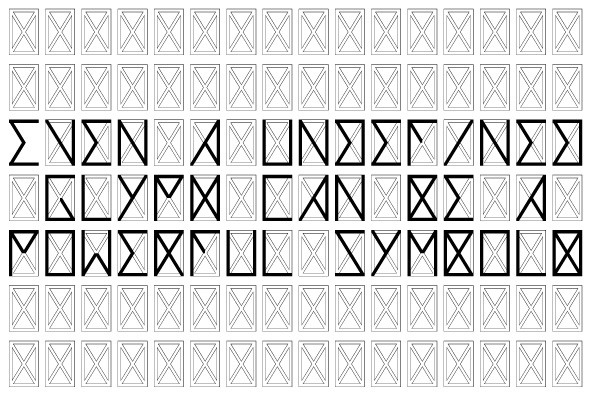
Notdef Type
The Notdef type experiment is a great example of how a runic influenced font can appear modern, tech, and also futuristic.
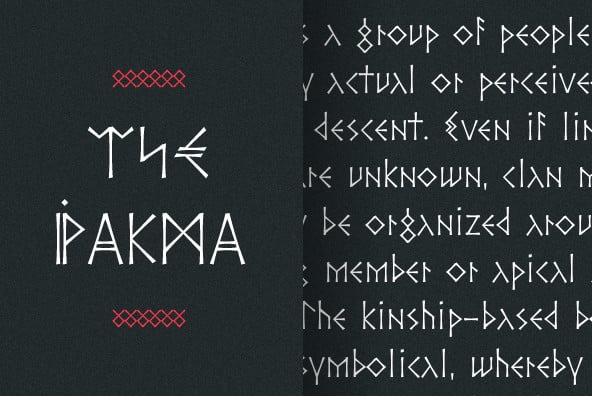
P22 Ornes
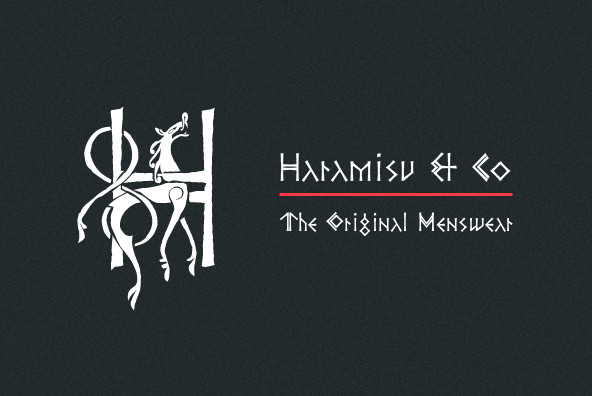
P22 Ornes
P22 Ornes is directly inspired by woodcarvings found at the Urnes Stave Church in Norway. The font is finely detailed and imbued with the rustic charm of actual runes. The pro version includes a full runic alphabet, initials, and small caps.

Margaret Penney is the Managing Editor of Notes on Design. Margaret is a teacher, designer, writer and new media artist and founder of Hello Creative Co.
If you are interested in learning to use typography, Sessions College offers Basic Typography and Advanced Typography courses as well as a course in Web Typography. Contact Admissions for more information.


